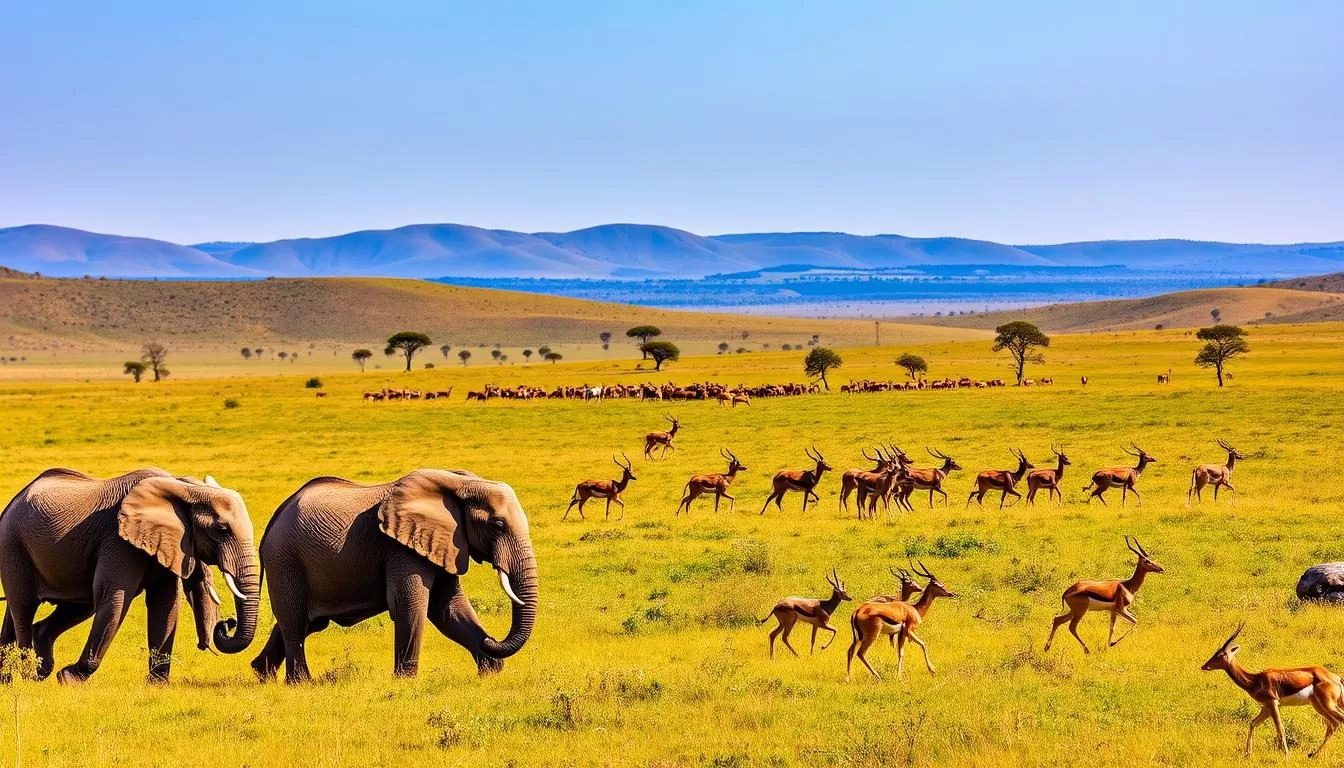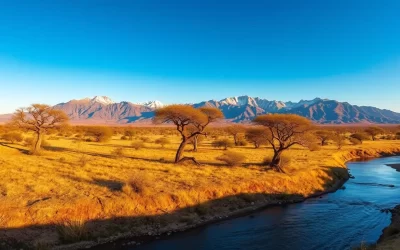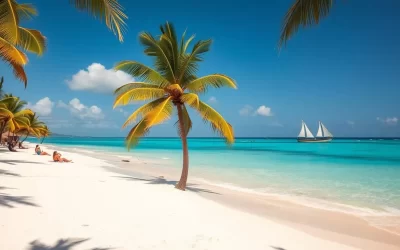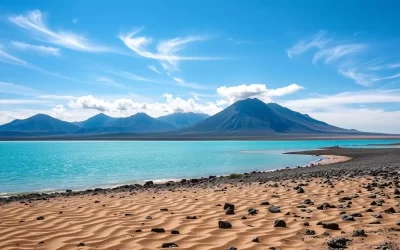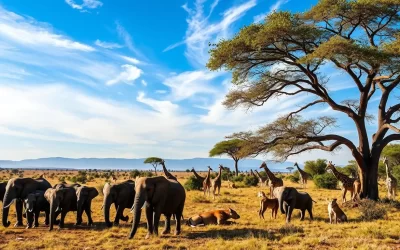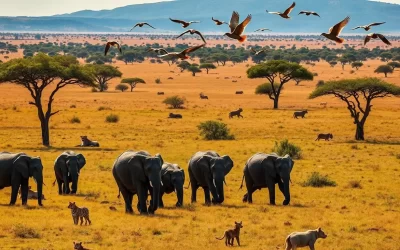✓ Accommodations✓ Flights✓ Rental Cars
Nestled between Mount Kenya and the Great Rift Valley lies a hidden gem for safari enthusiasts: the Laikipia Plateau. This vast wilderness area offers an exclusive safari experience, away from the crowds that flock to more popular destinations.
As you explore this remarkable region, you’ll discover some of Kenya’s most successful conservation stories and rare wildlife species. The unique blend of luxury lodges, community involvement, and authentic wildlife experiences makes Laikipia special.
This guide will help you uncover the top activities and experiences that Laikipia has to offer, from wildlife viewing to unique adventure activities. You’ll embark on a journey that combines conservation, luxury, and authentic wilderness adventures, representing a different kind of safari experience.
Discovering the Laikipia Plateau: Kenya’s Hidden Safari Gem
As you venture into Kenya’s Laikipia Plateau, you’ll discover a unique blend of conservation and adventure. This region is not only a haven for wildlife enthusiasts but also a testament to successful community-led conservation initiatives.
Location and Landscape
The Laikipia Plateau is situated in central Kenya, characterized by its vast expanses of rolling hills, grasslands, and forests. This diverse landscape supports a wide range of wildlife, from the Big Five to numerous bird species. The plateau’s unique geography creates a variety of habitats, making it an ideal location for conservancies and community-based conservation projects.
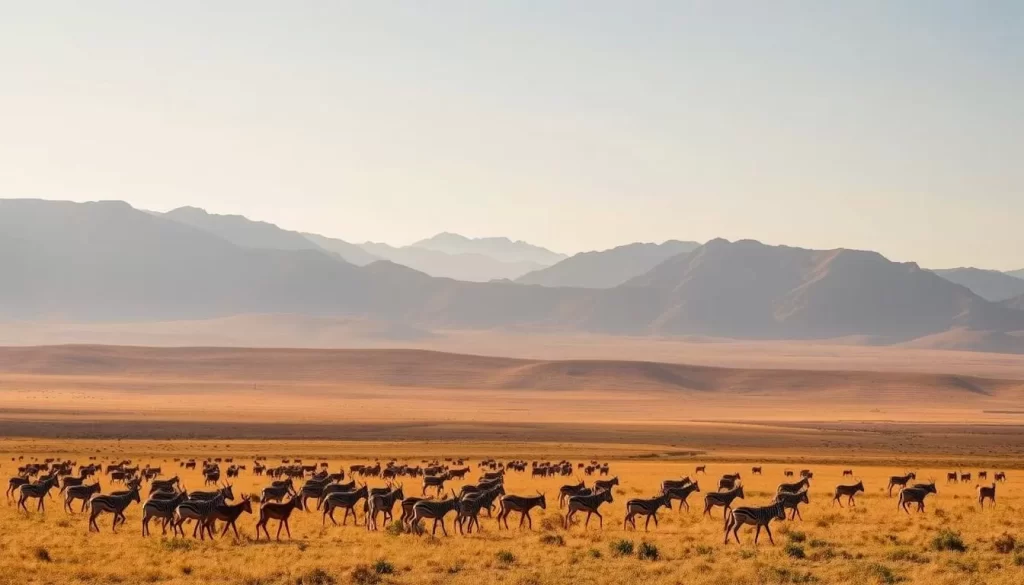
History and Conservation Success
Historically, the Laikipia Plateau was used primarily for cattle farming. However, over the years, there has been a significant shift towards conservation and wildlife tourism. This transformation has been driven by a collaborative approach between private landowners, local community members, and conservation organizations. The result has been the establishment of numerous successful conservancies, which have not only protected the region’s biodiversity but also provided economic benefits to local communities.
The Laikipia Plateau has become a model for conservation, demonstrating how traditional livestock ranches can be converted into thriving wildlife sanctuaries. This approach has led to the protection of endangered species and the promotion of sustainable land use practices.
Wildlife Encounters in Laikipia Plateau, Kenya: Best Things to Do – Top Picks
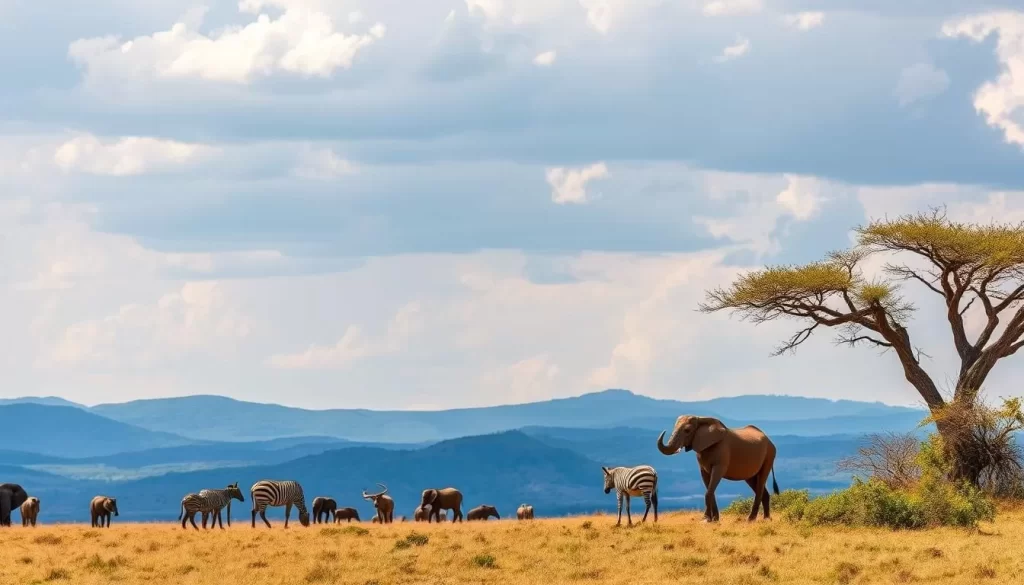
Laikipia Plateau stands out as a premier destination for witnessing Kenya’s incredible wildlife in their natural habitat. This region is a haven for a diverse array of animals, making it a paradise for wildlife enthusiasts and conservationists alike.
The Big Five and Beyond
The Laikipia Plateau is home to the Big Five: lions, leopards, elephants, buffalo, and rhinos. Beyond these iconic species, the plateau is teeming with other big game animals, including cheetahs and hyenas. The diversity of wildlife here is a result of the region’s varied landscapes and the conservation efforts in place.
Visitors to the plateau can expect thrilling encounters with these animals in their natural habitat. The presence of wild dogs, an endangered and rare species, is a highlight, with Laikipia being one of the few places where their population is increasing.
Rare and Endangered Species
Laikipia Plateau is particularly notable for hosting more endangered species than anywhere else in Africa. The area is home to rare northern species such as Grevy’s zebra, reticulated giraffe, and Jackson’s hartebeest. The conservation efforts in Laikipia have created a sanctuary for critically endangered black and northern white rhinos.
The isolation and protection of the Laikipia Plateau have allowed these rare species to flourish. Visitors have the unique opportunity to see these animals not commonly found in other Kenyan safari destinations, contributing to global conservation efforts and biodiversity.
Ol Pejeta Conservancy: A Conservation Leader
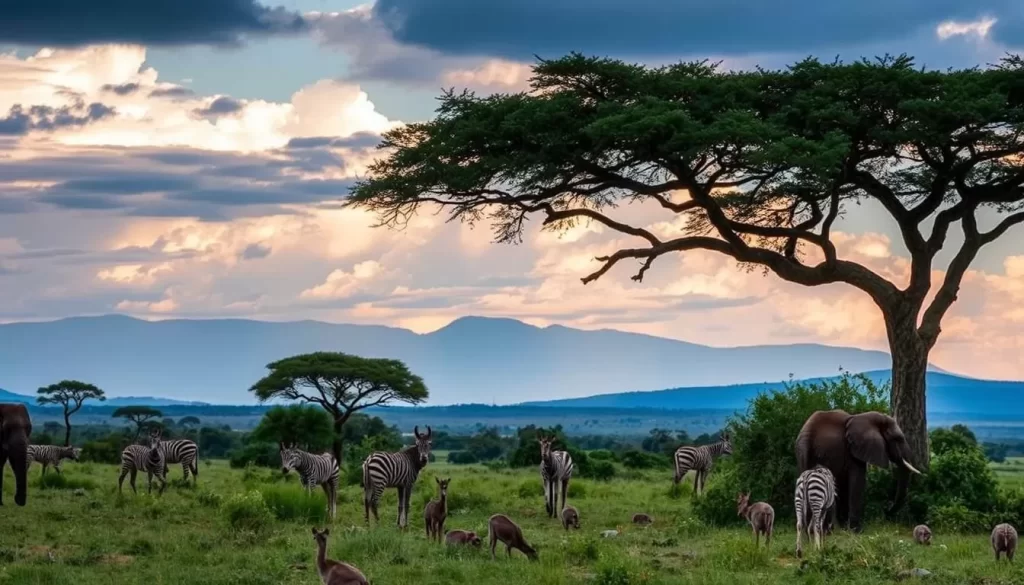
Ol Pejeta Conservancy stands out as a beacon of conservation success in Kenya. With its rich biodiversity and innovative conservation strategies, Ol Pejeta Conservancy is a gem in Kenya’s wildlife conservation landscape. The conservancy is home to a healthy population of the Big Five game animals, including lions, giraffes, leopards, elephants, and cheetahs, as well as other wildlife species like the elusive wild dogs.
Northern White Rhino Sanctuary
Ol Pejeta Conservancy is proud to be the home of the last two remaining northern white rhinos, Najin and Fatu. These magnificent creatures are under 24-hour surveillance to ensure their safety. The conservancy is working tirelessly to save this subspecies from extinction through advanced reproductive technologies.
Sweetwaters Chimpanzee Sanctuary
The Sweetwaters Chimpanzee Sanctuary at Ol Pejeta Conservancy provides a safe haven for rescued chimpanzees. The sanctuary is dedicated to the care and rehabilitation of these primates, offering them a chance to live in a natural environment. Visitors can observe these fascinating creatures up close and learn about the sanctuary’s conservation efforts.
Wildlife Viewing and Activities
A visit to Ol Pejeta Conservancy guarantees a wide range of exciting wildlife viewing opportunities and activities. You can enjoy game drives through the conservancy’s diverse landscapes, go on safari horseback riding, or experience walking safaris led by expert guides. The conservancy’s unique ecosystem, which combines wildlife conservation with cattle farming, creates a rich and diverse environment for wildlife spotting.
The strategic grazing practices not only support the local community by providing employment opportunities but also contribute to the health of the ecosystem. With only three camps, Ol Pejeta Conservancy offers a private and uninterrupted safari experience, allowing you to connect with nature and enjoy the beauty of the African wilderness.
Lewa Wildlife Conservancy: Royal Connections and Rhino Protection
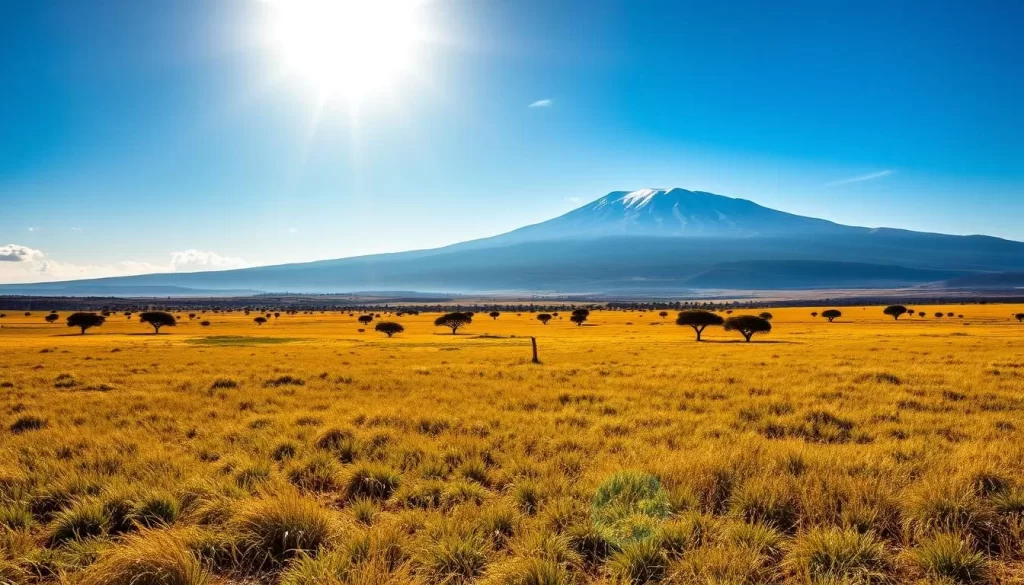
With its rolling grasslands and acacia trees, the Lewa Wildlife Conservancy offers a cinematic backdrop for your next safari adventure. The conservancy is known for its exclusivity, where the safari experience is limited to guests staying at the conservancy’s lodges.
The landscape is not just visually stunning; it’s also a thriving wildlife conservancy that has been at the forefront of conservation efforts. The conservancy’s commitment to protecting its wildlife and habitat is evident in its various conservation programs.
Rhino Conservation Success
Lewa has been instrumental in the conservation of the black rhino, with a significant population under its care. The conservancy’s efforts have contributed to the growth of the rhino population, making it a success story in conservation.
The sanctuary provides a safe haven for these endangered species, with robust protection measures in place to ensure their safety.
Exclusive Safari Experiences
Unlike the more crowded Masai Mara, Lewa offers a more intimate safari experience. The guides at Lewa are known for their exceptional standards, almost guaranteeing sightings of key species. You can enjoy a personalized safari, with expert guides and customized itineraries.
The conservancy also hosts unique events, such as the annual Lewa Marathon, where participants run through the conservancy alongside wildlife, making for an unforgettable experience.
Unique Safari Activities in Laikipia
In Laikipia, you can enjoy various safari experiences that go beyond traditional game drives. The region offers a range of activities that cater to different interests and preferences, ensuring that your safari experience is both memorable and unique.
Sleeping Under the Stars: Fly Camping and Star Beds
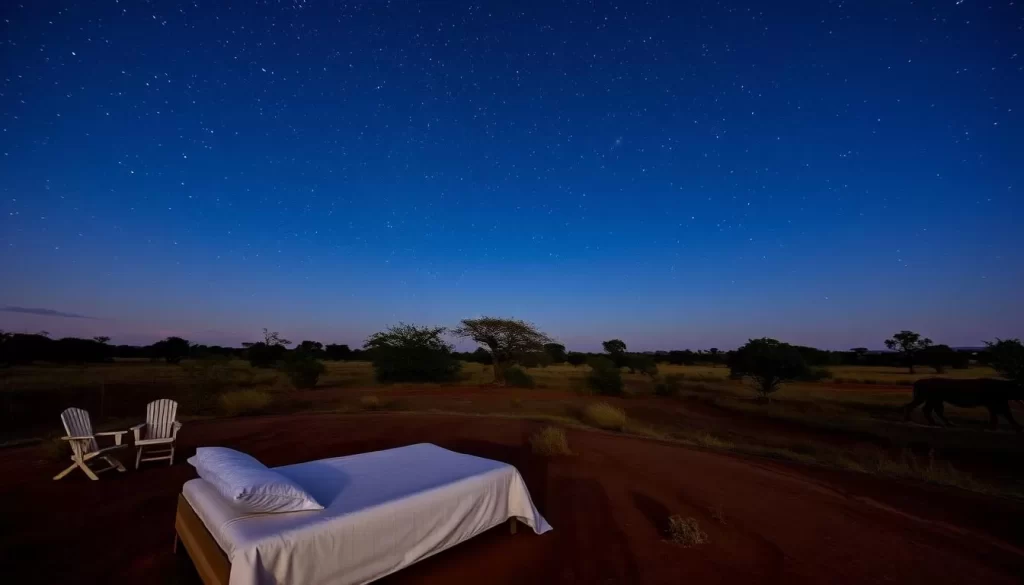
Experience the thrill of fly camping or relax on a star bed in Laikipia. These unique accommodations allow you to be immersed in the African wilderness while enjoying comfort and safety. Wake up to the sounds of the bush and fall asleep under a blanket of stars.
Camel Trekking Adventures
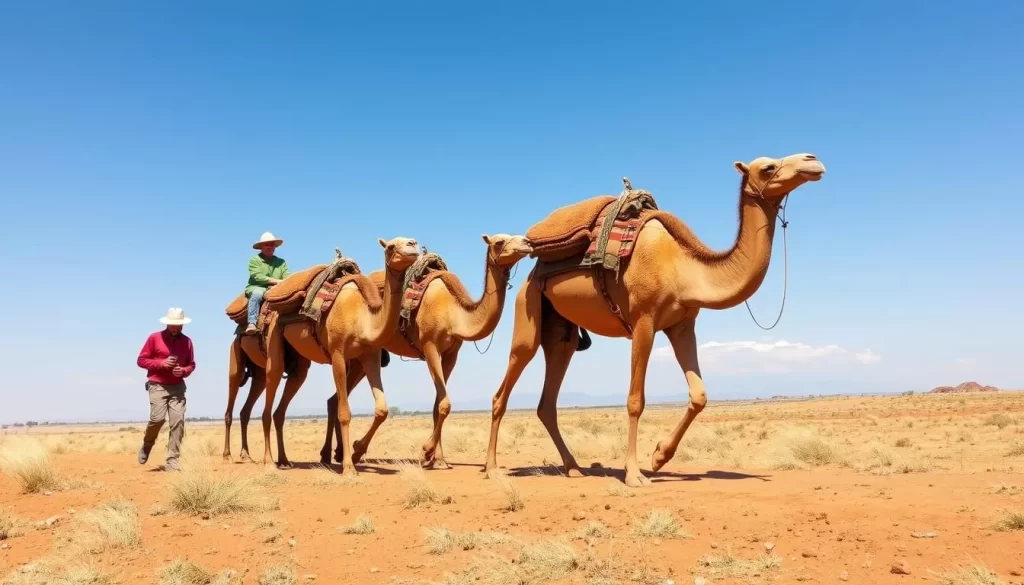
Embark on a camel trekking adventure through Laikipia’s landscapes. This mode of travel allows you to traverse the terrain like a true explorer, with the chance to see wildlife from a different perspective. Camel trekking is a unique way to experience the safari and connect with nature.
Horseback Safaris
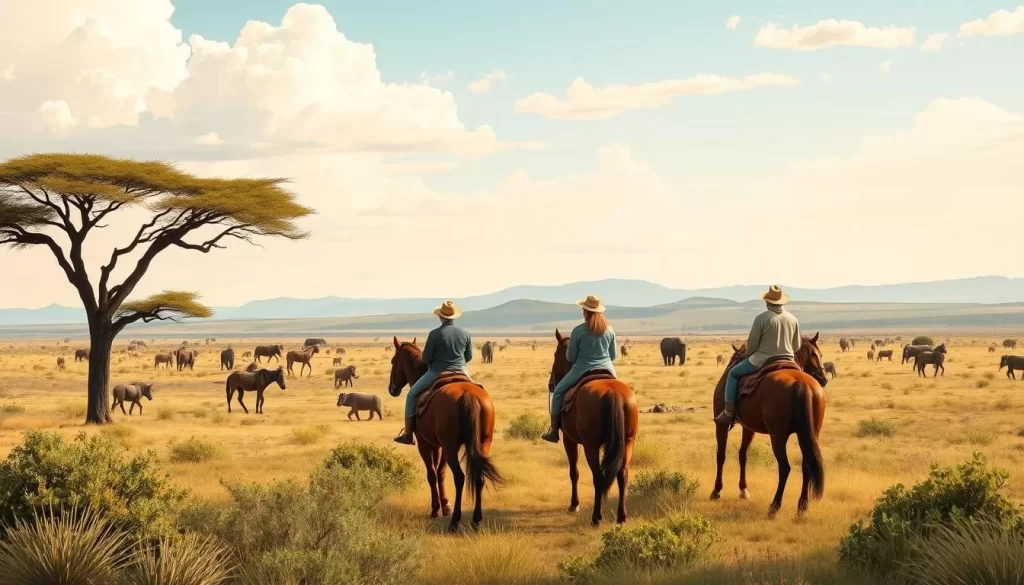
Laikipia is renowned for its horseback safaris, offering a thrilling way to explore the game reserves. Riding through the savannah, you can get up close to wildlife while enjoying the tranquility of the surroundings. Expert guides lead the way, ensuring a safe and enriching experience.
Bush Walks and Wildlife Tracking
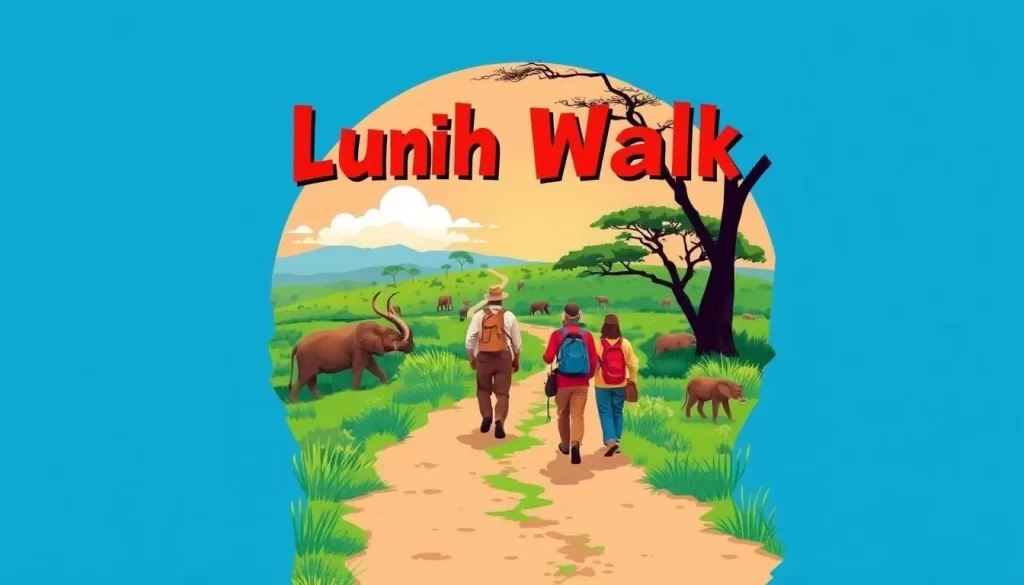
Discovering the bush on foot is an exhilarating adventure, allowing you to get well off the beaten track and really connect with the nature all around you. The pace is relaxed, and your experienced guide will point out dung and animal tracks, as well as identifying the smaller creatures you often miss on game drives. If you’re willing to walk further afield, you may spot elephants, giraffes, and rhinos at close quarters. This immersive experience provides a deeper understanding of the ecosystem and the challenges of conservation.
Family-Friendly Experiences in Laikipia
Experience the magic of Laikipia with your family, where adventure meets learning. Laikipia Plateau is a haven for families, offering a diverse range of activities that cater to all ages, making it an ideal destination for a safari vacation.
El Karama Lodge and Bush School
At El Karama Lodge, children can engage in a variety of fun and educational experiences. The Bush School offers activities such as bush tracking, footprint plaster casting, and ‘poo safaris’ that are both entertaining and educational.
The lodge’s interactive kitchen, where kids can participate in baking, and the opportunity to create sculptures from termite hill clay, add to the richness of the experience.
Fun Activities for Children
Laikipia’s lodges and camps offer a wide range of child-friendly activities designed to be both fun and educational. Children can enjoy unique experiences like sleeping in tree tents, junior ranger programs, and wildlife art classes.
Many lodges and camps in Laikipia also offer age-appropriate versions of adult activities, such as short game drives and guided walks, allowing children to participate alongside their families.
These experiences not only create meaningful connections between children and nature but also inspire a lifelong interest in wildlife conservation.
Conservation Efforts and Community Involvement
Conservation in Laikipia Plateau is more than just protecting wildlife; it’s about fostering a harmonious relationship between people and their environment.
Rhino Protection Programs
Laikipia’s conservancies have been at the forefront of conservation efforts, particularly in rhino protection. Ol Pejeta Conservancy, for example, is renowned for its efforts in safeguarding the Northern White Rhino. The integration of cattle farming into the conservation plan has been a strategic move, where controlled grazing aids wildlife while providing employment for local community members.
The table below highlights some of the key conservation efforts and their impact:
| Conservation Effort | Description | Impact |
|---|---|---|
| Rhino Protection | Protected areas and monitoring programs for rhinos | Increase in rhino population |
| Cattle Farming Integration | Strategic grazing to aid wildlife conservation | Enhanced biodiversity and community employment |
| Community Projects | Funding for schools, healthcare, and water projects | Improved livelihoods for local communities |
Community-Based Tourism Initiatives
Community-based tourism initiatives have been pivotal in ensuring that the benefits of conservation extend to the local community. Through revenue-sharing models and direct employment in conservation and tourism, the local people are invested in the success of conservation efforts.

Tourism has funded various community projects, including schools and healthcare facilities, thereby enhancing the quality of life for local residents. Moreover, cultural tourism opportunities allow visitors to engage respectfully with local communities, promoting mutual understanding and respect.
Planning Your Visit to Laikipia Plateau
With its diverse landscapes and climates, planning your visit to Laikipia Plateau requires some insider knowledge. To make the most of your trip, consider the timing, transportation, and where you’ll stay.
Best Time to Visit
Laikipia Plateau is a year-round destination, but the best time to visit depends on your preferences. The dry season, from June to October, is ideal for wildlife viewing as animals congregate around water sources. If you prefer greener landscapes and don’t mind some rain, the period from November to May is perfect for birdwatching and photography.
How to Get There
The closest international airport is Nairobi’s Jomo Kenyatta International Airport. From there, you can take a domestic flight to Nanyuki or Nyeri, which are closer to Laikipia. Alternatively, you can drive from Nairobi, a journey of about 3-4 hours, depending on traffic and road conditions. Many lodges and camps offer transfer services, making the journey hassle-free.
Accommodation Options
Laikipia Plateau is home to a range of accommodations, from luxury lodges like Segera to more rustic camps such as Ol Pejeta Bush Camp. You can choose to stay within a conservancy, like Lewa Wildlife Conservancy, for an exclusive safari experience. Unlike larger reserves like Masai Mara, Laikipia’s accommodations are often small and intimate, offering a more personalized experience.
| Accommodation Type | Location | Experience |
|---|---|---|
| Luxury Lodges | Segera, Loisaba | High-end amenities, guided tours |
| Bush Camps | Ol Pejeta | Traditional, eco-friendly, wildlife viewing |
| Conservancy Stays | Lewa Wildlife Conservancy | Exclusive safari, conservation involvement |
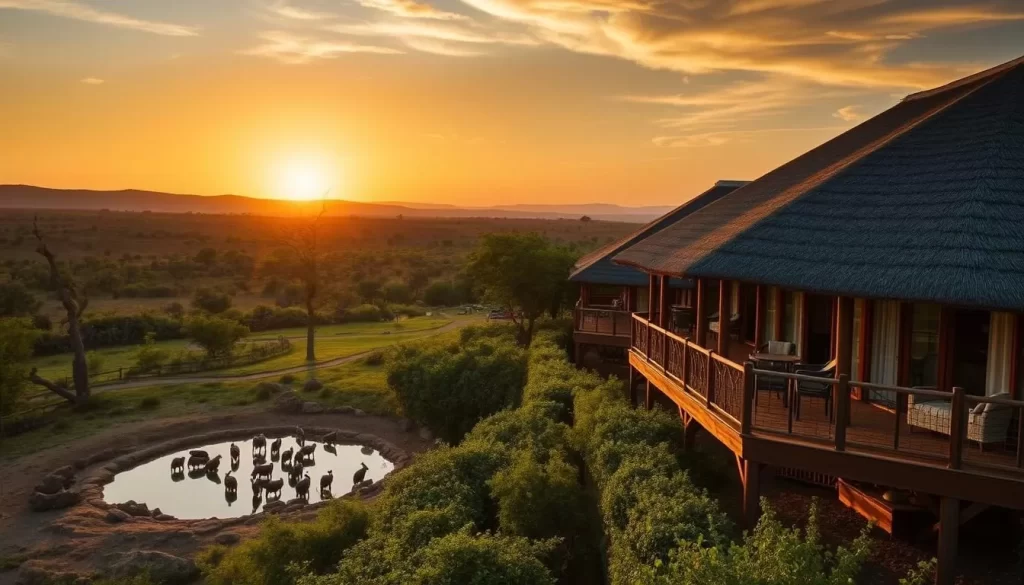
Conclusion
Kenya’s Laikipia Plateau is redefining the safari experience with its blend of conservation efforts, diverse wildlife, and unique activities. Unlike more famous national parks like Masai Mara, Laikipia offers a more exclusive and less crowded experience, making it an ideal destination for those seeking a genuine connection with nature.
When planning your trip to Kenya, consider including Laikipia in your itinerary for its rare wildlife, unique safari activities, and strong conservation focus. The best time to visit is during the dry seasons, which allows for optimal wildlife viewing. Laikipia can be easily combined with visits to other Kenyan destinations, such as Masai Mara or national parks, to create a diverse and enriching travel experience.
By choosing to visit Laikipia, you support responsible travel that contributes to conservation initiatives and community development. Laikipia represents the future of African safari experiences, where conservation, community, and tourism work together in harmony. Plan your Laikipia adventure today and discover this hidden gem for yourself.
The above is subject to change.
Check back often to TRAVEL.COM for the latest travel tips and deals.
